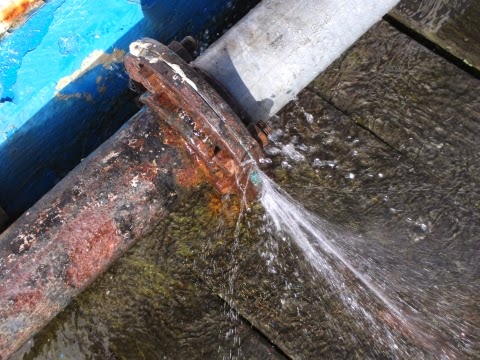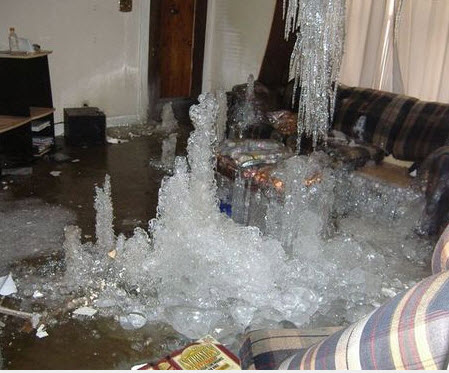The content listed below in relation to What Can Happen If You Flush Food Down the Toilet? is absolutely informative. Don't miss out on it.

Intro
Lots of people are usually faced with the problem of what to do with food waste, particularly when it comes to leftovers or scraps. One common inquiry that occurs is whether it's fine to purge food down the commode. In this write-up, we'll look into the reasons that individuals may think about flushing food, the consequences of doing so, and alternative methods for appropriate disposal.
Reasons people could think about purging food
Lack of recognition
Some people might not understand the possible harm caused by flushing food down the toilet. They may wrongly believe that it's a safe technique.
Ease
Purging food down the commode may appear like a fast and very easy option to dealing with undesirable scraps, particularly when there's no nearby trash can readily available.
Negligence
Sometimes, individuals might just pick to flush food out of sheer negligence, without thinking about the consequences of their activities.
Effects of flushing food down the bathroom
Ecological effect
Food waste that ends up in waterways can contribute to contamination and injury water ecological communities. Furthermore, the water made use of to purge food can strain water sources.
Pipes concerns
Purging food can result in blocked pipes and drains, causing costly plumbing repair services and hassles.
Sorts of food that need to not be purged
Fibrous foods
Foods with fibrous appearances such as celery or corn husks can obtain tangled in pipelines and trigger clogs.
Starchy foods
Starchy foods like pasta and rice can absorb water and swell, resulting in clogs in pipes.
Oils and fats
Greasy foods like bacon or food preparation oils must never ever be flushed down the bathroom as they can strengthen and trigger clogs.
Proper disposal methods for food waste
Using a waste disposal unit
For homes outfitted with garbage disposals, food scraps can be ground up and purged through the plumbing system. However, not all foods appropriate for disposal in this manner.
Recycling
Certain food packaging materials can be reused, decreasing waste and minimizing ecological influence.
Composting
Composting is an eco-friendly method to get rid of food waste. Organic materials can be composted and used to enrich dirt for horticulture.
The value of proper waste monitoring
Decreasing environmental harm
Appropriate waste management techniques, such as composting and recycling, assistance minimize contamination and preserve natural resources for future generations.
Securing pipes systems
By avoiding the technique of flushing food down the toilet, home owners can prevent pricey pipes fixings and keep the integrity of their pipes systems.
Final thought
To conclude, while it may be alluring to flush food down the bathroom for comfort, it is very important to understand the prospective effects of this action. By embracing correct waste monitoring practices and dealing with food waste responsibly, individuals can add to healthier pipes systems and a cleaner setting for all.
FLUSH FOOD DOWN THE TOILET?
FLUSHING FOOD CAN CAUSE BLOCKED DRAINS IN YOUR HOME
All of the plumbing fixtures in your home are connected to the same sewer pipe outside of your home. This outdoor sewer pipe is responsible for transporting all the wastewater from your home to the Council sewer mains. Even small pieces of food that go down the kitchen sink can cause problems for your sewer. It should therefore be obvious that flushing larger bits of food, such as meat, risks a clog in either the toilet itself or the sewer pipes. Flushing greasy food is even more problematic because oil coagulates when it cools, coating the interior lining of your pipes.
THE TOILET IS NOT A BIN
Food isn’t the only thing that people shouldn’t be flushing down the toilet. People use the toilet to dispose of all kinds of things such as tampons, makeup wipes, dental floss, kitty litter and even underwear. Water goes to great lengths to educate residents about the high costs and stress placed on wastewater treatment systems simply from people flushing the wrong stuff down the toilet. It costs taxpayers millions of dollars each year, and homeowners thousands in blocked drain repairs.
FLUSHING FOOD IS A WASTE OF WATER
Flushing food is a waste of our most precious resource - water. In June this year Level 1 water restrictions were introduced to protect water supply from drought conditions. Much of New South Wales continues to be affected by prolonged drought with recent figures revealing up to 97 per cent of the state remains in drought. Depending on whether you have a single or dual flush toilet, every single flush uses between five and 11 litres of water. In the current climate this is a huge amount of water to be wasting on flushing food that should be placed in the bin (or better yet, the compost).
https://www.jabplumbingsolutions.com.au/blog/can-you-flush-food-down-the-toilet

As a keen reader on Flushing Food Down the Toilet?, I thought sharing that chunk was really useful. In case you liked our post plz do not forget to share it. I love your readership.
Call Today

